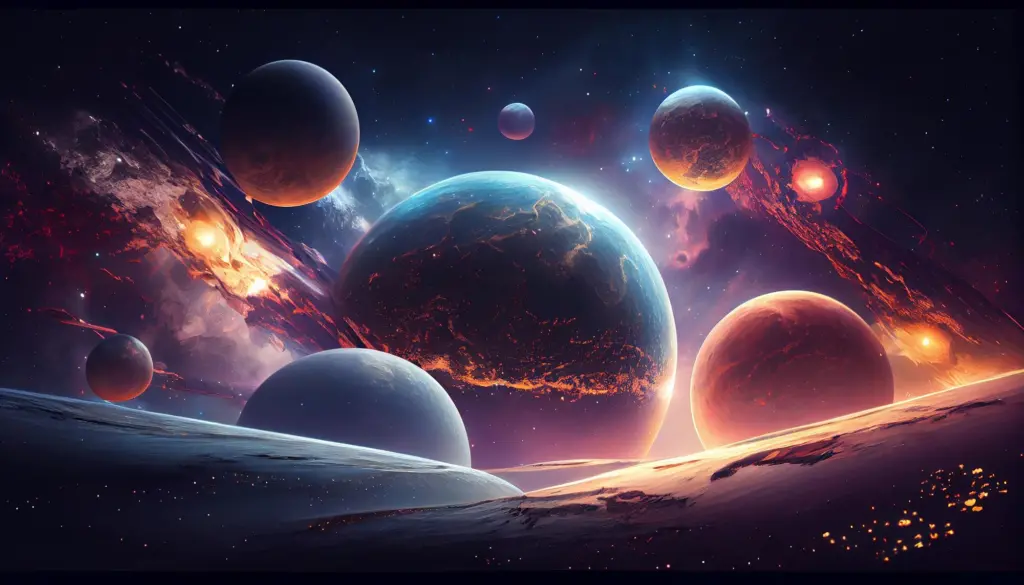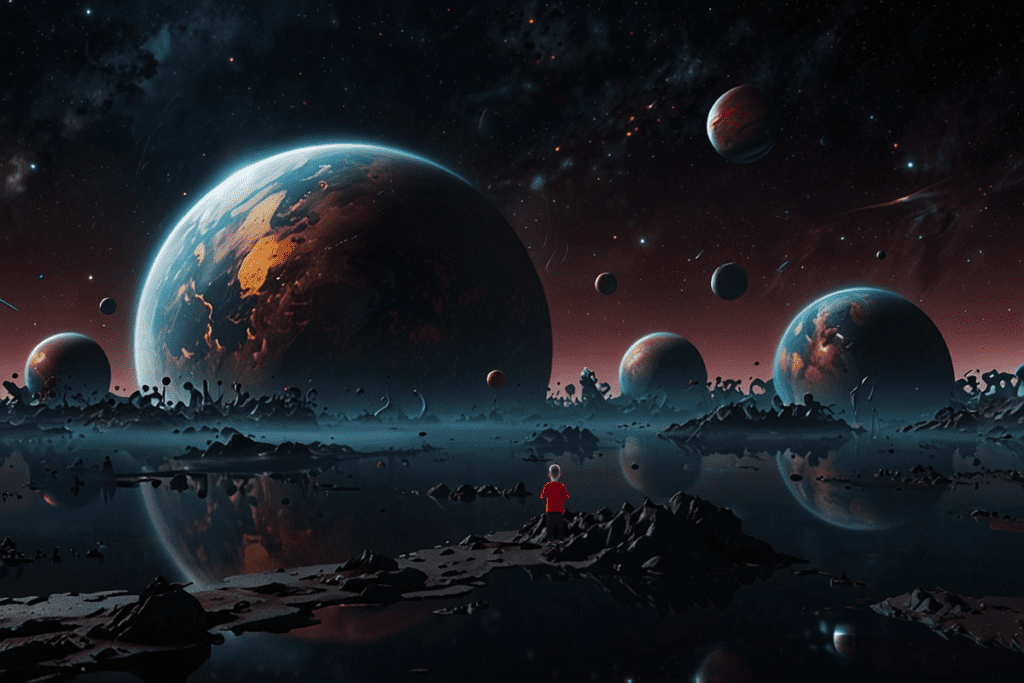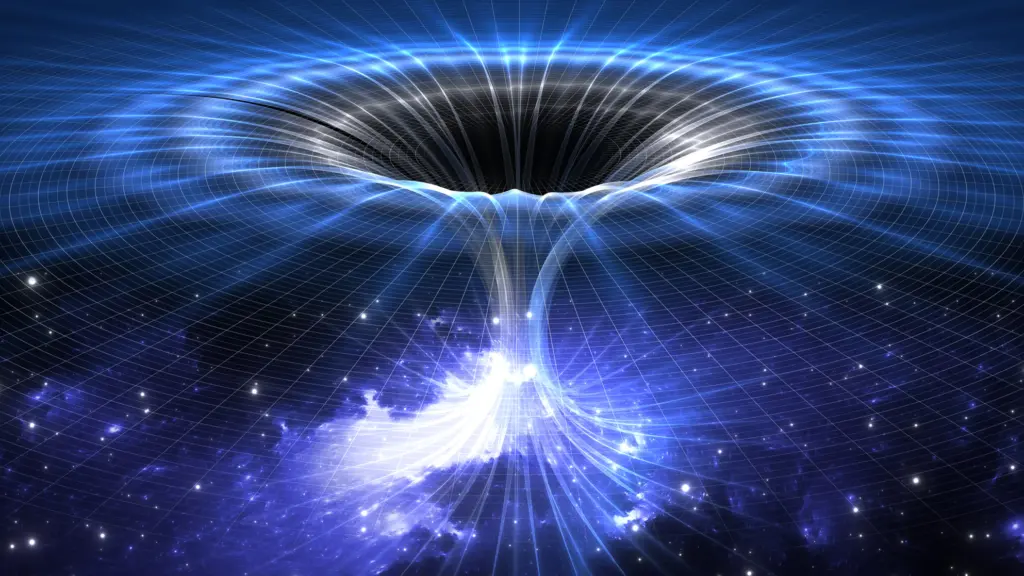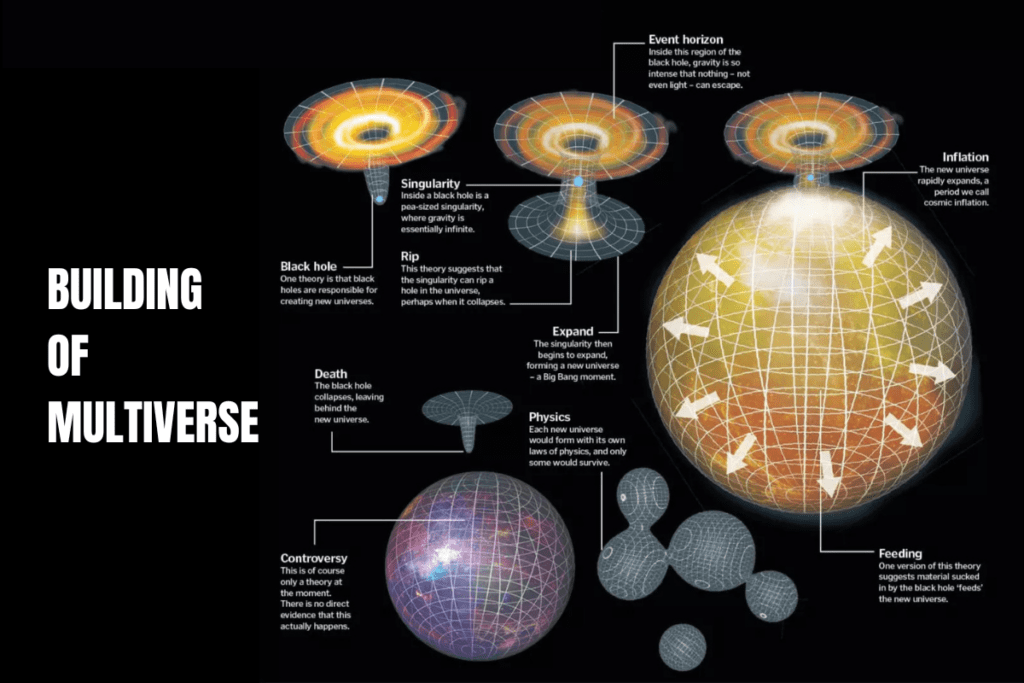So, imagine you’re watching a movie like “Inception.” It’s all about this wild idea where people can enter into dreams and do all sorts of crazy stuff. They go on these adventures that feel totally real, but it’s all happening in their minds. Pretty mind-blowing, right? Then there’s “Interstellar.” Picture astronauts flying through space on this epic journey to find a new home for humanity.
But here’s the twist: time works differently in different places, so what feels like a few hours for them could be years for someone else. It’s like time is playing tricks on them! And hey, have you seen “Doctor Strange”? It’s a superhero flick where the hero can hop between different dimensions. So, you’ve got this guy battling bad guys in all these crazy, magical worlds. Talk about a wild ride!
Now, let’s talk books. Ever heard of “Dark Matter”? It’s this cool story where this dude discovers there are tons of versions of himself in different worlds. He’s gotta figure out how to get back to his own reality—it’s like a sci-fi rollercoaster! And then there’s “The Long Earth” series. Imagine being able to step into different versions of Earth, each with its own surprises and adventures waiting for you. Sounds like the ultimate road trip, doesn’t it?
These stories all dive into this idea of multiple realities and dimensions, where anything can happen. It’s like peeking into a whole bunch of different worlds and seeing what’s out there beyond our own. Totally mind-bending stuff! These theories are what we call the MULTIVERSE.

WHAT IS MULTIVERSE, YOU MIGHT SAY?
The multiverse theory proposes the existence of multiple universes, often referred to as the “multiverse,” each with its own unique set of physical laws, constants, and conditions. This concept challenges the traditional notion of a single, observable universe and has emerged from various interpretations of quantum mechanics, cosmological observations, and theoretical models such as inflation theory
Simply put, imagine you’re playing a video game where you get to create your own character and make choices that affect the game’s story. In this game, every time you make a decision, the game splits into different versions, each following a different path based on what you chose. Now, think of our universe like one of these video game worlds, where every decision and event creates a new version of reality. But here’s the twist: according to the multiverse theory, there isn’t just one game world. There are countless other game worlds, each with its own storyline, characters, and rules.
So, in the multiverse, every possible outcome of every decision happens, but in a different universe. For example, in one universe, you might have chosen to go to a different school, while in another, you decided to study abroad. Each of these choices leads to a different universe, where things play out differently. Scientists think this idea might explain why our universe seems so finely tuned for life—it’s like we ended up in the one universe where the conditions are just right for us to exist. The multiverse theory is pretty mind-bending, but it’s a way for scientists to explore big questions about the nature of reality and our place in the cosmos.
THERE ARE DIFFERENT LEVELS TO MULTIVERSE
- Level I Multiverse:
- These are regions of space that are so far away we can’t see them, even with our most powerful telescopes.
- In these distant regions, the universe might look completely different from ours, with its own stars, galaxies, and maybe even different laws of physics.
- We can’t directly observe these regions, but some theories suggest they could exist based on what we know about how the universe began.
- Level II Multiverse:
- This idea comes from quantum mechanics, which is the study of how tiny particles behave.
- According to the Many Worlds Interpretation, every time something happens at the quantum level (like an electron changing its spin), the universe splits into different versions.
- So, there could be countless universes, each slightly different from the others, all happening at the same time.
- Level III Multiverse:
- This concept comes from string theory, which is a way of describing how the tiniest building blocks of the universe might work.
- In string theory, there could be many different ways the universe could be put together, like different combinations of Lego bricks.
- Each of these combinations could create its own universe with its own rules and features.
These are just a few examples of the different types of multiverse ideas that scientists are exploring. They might sound pretty out there, but they help us think about the universe in new and exciting ways!

PARALLEL REALITIES
ANTHROPIC PRINCIPLE

- Think of it like this: Imagine you’re in a room with a bunch of dials and buttons. If any of these settings were just a little bit different, you wouldn’t be able to survive in that room.
- The anthropic principle says that the universe’s conditions seem perfectly suited for life like ours to exist. It’s like the dials and buttons of the universe are set just right for us to be here.
- Imagine there are many, many rooms, each with their own set of dials and buttons. The anthropic principle suggests that we find ourselves in a room where the settings allow us to exist, simply because if they didn’t, we wouldn’t be here to observe it!
- So, in the context of the multiverse, where there could be countless universes with different settings, the anthropic principle helps explain why we find ourselves in a universe that seems tailor-made for life to thrive. It’s like we won the cosmic lottery and ended up in the perfect universe for us to exist.
BUBBLE UNIVERSES AND ETERNAL INFLATION
Inflationary cosmology suggests that our universe may be just one of many “bubble universes” that formed during a period of rapid expansion in the early universe. Eternal inflation is a theory that proposes the continuous generation of new bubble universes, leading to a multiverse with an infinite number of universes.

Black holes are super dense objects in space where gravity is incredibly strong. Wormholes are theoretical tunnels in space-time that might connect different parts of the universe or even different universes. Some theories suggest black holes or wormholes could be doorways to other universes within the multiverse, but these ideas are still speculative and need more research.
Challenges and Debate
- Some scientists aren’t totally convinced about the multiverse idea. They think it’s more like a guess than a proven fact.
- It’s hard to test the multiverse because we can’t directly see other universes.
- The multiverse idea relies on some guesses about other theories, which might not be right.
- Scientists sometimes disagree about what the evidence really means when it comes to the multiverse.
- Even though it’s tricky, scientists keep studying the multiverse to see if it’s real and what it could mean for us.

Multiverse theories propose multiple universes beyond our own, each with its own laws. Diagrams often depict these universes as bubbles or circles connected or separate. These ideas stem from complex physics theories and remain speculative, needing further research.
Research and Exploration
- Scientists are trying to learn more about the multiverse using math and computer simulations.
- They also use telescopes and other tools to look at the sky and see if they can find any signs of other universes.
- Some scientists even do experiments in labs to try and prove if the multiverse is real.
- So far, they haven’t found solid proof, but they’re still looking!
- Even though it’s tricky, all this research helps us understand the multiverse idea better and brings us closer to solving the cosmic puzzle.








0 Comments